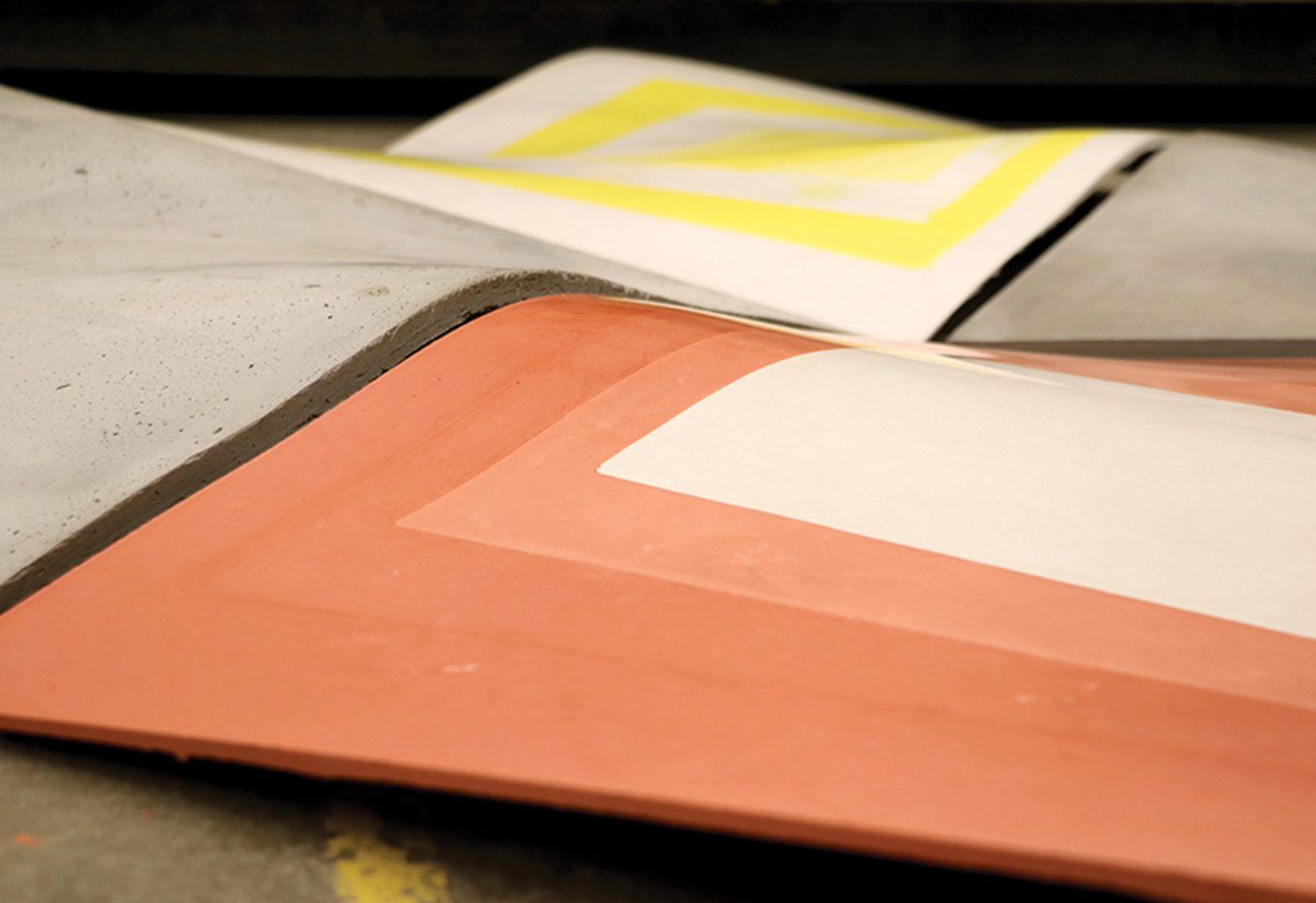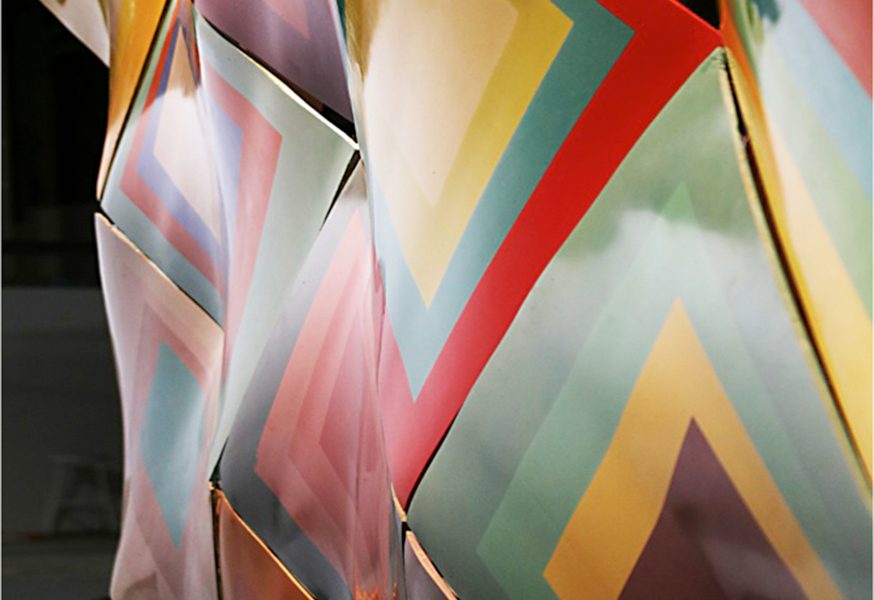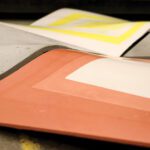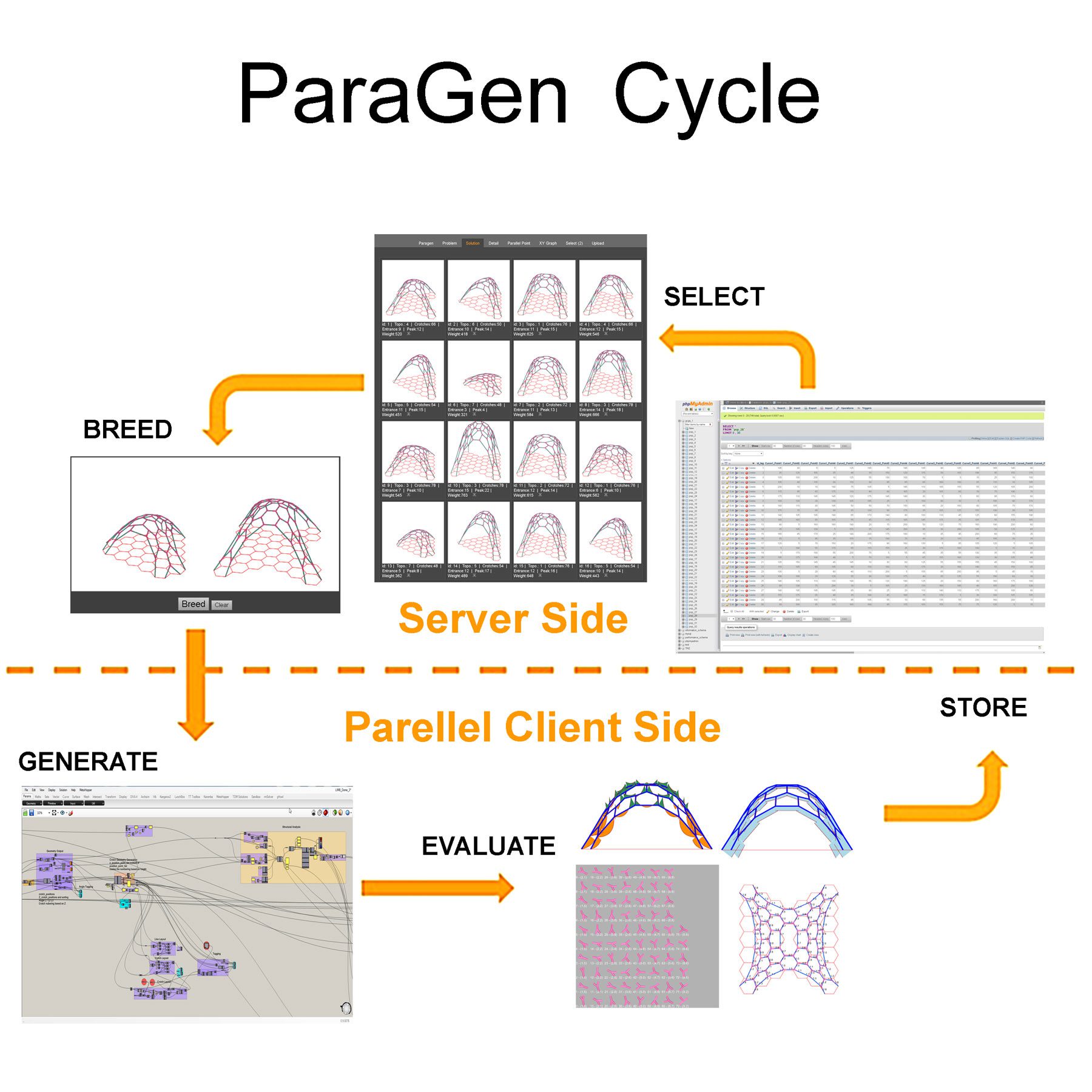
Panots and Mosaics
Published:
07/14/2025
The hydraulic or encaustic cement tile was a revolutionary process for the production of tiles that eliminated the need for firing to harden them. Originating in Barcelona in 1857, the inlaid colorful geometric abstractions (mosaics) and the variety of embossed shapes (panots) allow for a wide range of nested geometries and depth that generate a formal field condition within the limitations of a horizontal surface.
Panots and Mosaics, apparently different, share a common material: Portland cement compacted by a hydraulic press. A resurgence in the use of these tiles has sparked interest in resuscitating this almost forgotten art form. The objective of this exploration is not to recreate a construction material but to re-examine the physical properties and process of making as an opportunity to pursue new possibilities for fabrication and embedding alternative functions. This research focuses on the liminal condition of the material attributes found in these two method for making. The project appropriates the technique used to imprint geometric patterns in the finish layer of the Mosaics and instead of reproducing its fixed form, it explores alternatives to the embossment of the Panots through the plasticity of the Portland cement. The result demonstrates an undefined state which is no longer associated with this material or technique, intending to reveal unexpected possibilities that can reside in a surface as spatial support for architecture.
Support for this project was provided by the Taubman College 2016 Research Through Making Grant Program.
Faculty:
Ana Morcillo Pallarés
Jonathan Rule













